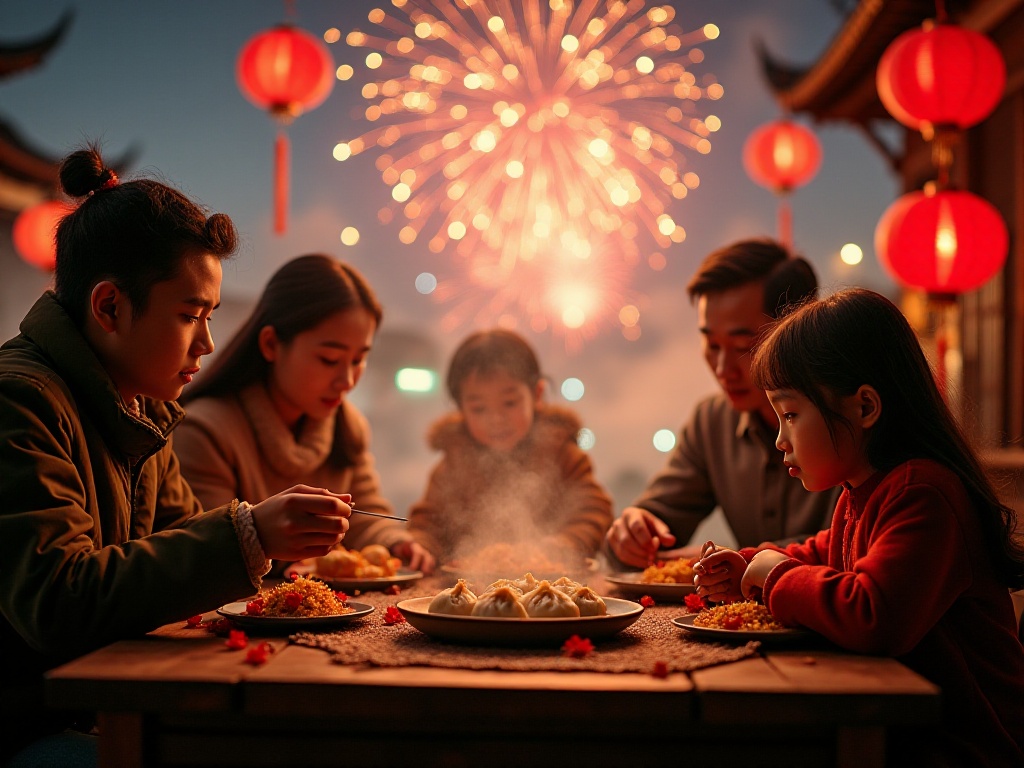Opening Thoughts
Standing in the kitchen, looking at the flour scattered on the cutting board and smelling the fragrance in the air, I can't help but fall into deep thought. Every festival has its specific foods, and I wonder how these unique dietary customs came to be? As a child, I thought festivals were just about eating good food, but now that I'm grown up, I understand that these seemingly ordinary festival dishes carry cultural codes passed down through generations and deep family affection.
I remember as a child, during every festival, what I looked forward to most was making dumplings and tangyuan with my family. Grandma would prepare various ingredients days in advance, and my parents would come home early from work. The kitchen would be filled with tempting aromas, and the living room would echo with laughter. Though I might not have understood the cultural significance behind these foods then, that sense of happiness left a deep impression in my memory.
Now that I'm working, I often miss opportunities to spend festivals with my family for various reasons. Whenever I see others posting festival foods on social media, I'm reminded of those warm moments preparing festival dishes with my family. Those seemingly simple meals are not just a treat for the taste buds, but an irreplaceable emotional connection.
Stories of Dumplings
Speaking of dumplings, there are many stories to tell. In northern China, dumplings are essential for Spring Festival - without them, it feels like something's missing from the ceremony. The history of dumplings can be traced back to the Eastern Han Dynasty. Legend has it that the famous physician Zhang Zhongjing created "tender ears" filled with lamb and warming herbs to treat villagers' chilblains, which eventually evolved into the dumplings we know today.
On the evening of the twenty-ninth day of the lunar month, that's when the whole family is busiest. Grandma always starts kneading dough early in the morning, saying the dough needs time to rest to develop elasticity. Mom is responsible for preparing the filling, marinating various ingredients in advance. By evening, the whole family sits together making dumplings, creating such a lively scene.

Moments of Reunion
Speaking of the Lantern Festival, we must mention tangyuan. The round tangyuan rolling in the pot look as bright as stars in the sky. In the South, people call them tangyuan; in the North, they're more commonly known as yuanxiao. Whatever they're called, they carry people's beautiful expectations for family reunion.
My family is from the South, and every year around the Lantern Festival, Mom would take me to the market to buy ingredients. Glutinous rice flour is essential, along with various fillings. Peanut sugar, sesame sugar, red bean paste - everyone has their favorite. Mom always says the most important thing about making tangyuan is having skilled hands and even pressure to make round and beautiful tangyuan.
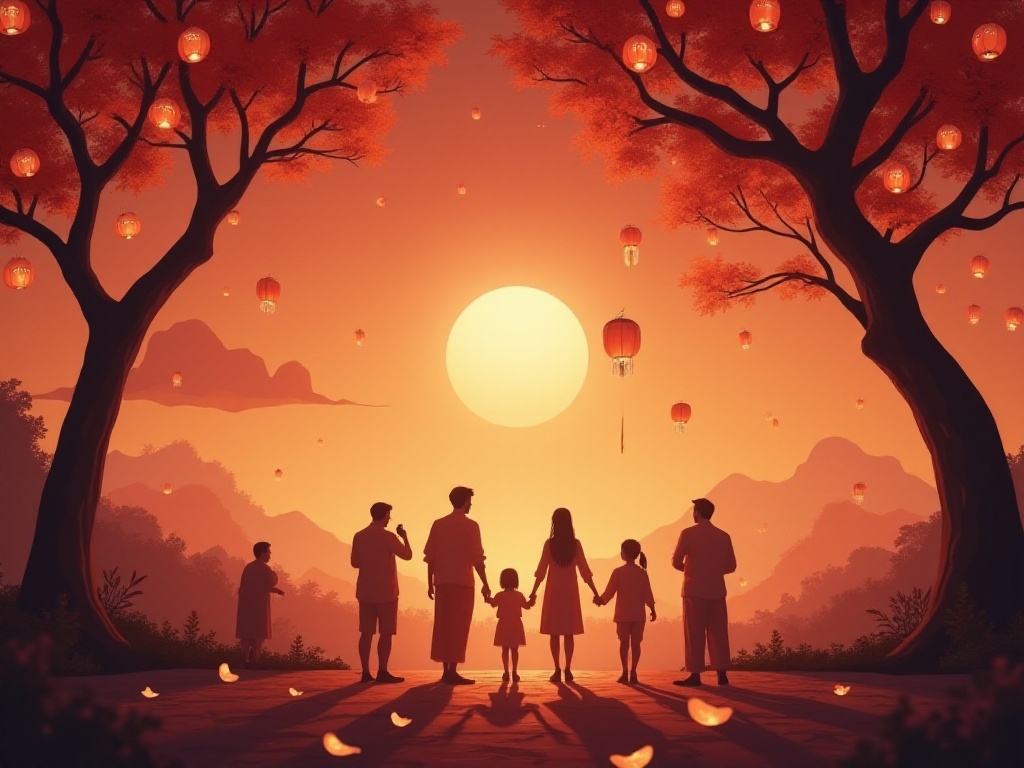
Mid-Autumn Story
When it comes to the Mid-Autumn Festival, mooncakes are naturally the star. Around the fifteenth day of the eighth lunar month, all major shopping centers display a dazzling array of mooncakes. From traditional Cantonese five-kernel mooncakes to innovative snow-skin mooncakes, from classic lotus seed paste with egg yolk to trendy custard flowing heart, the variety is overwhelming.
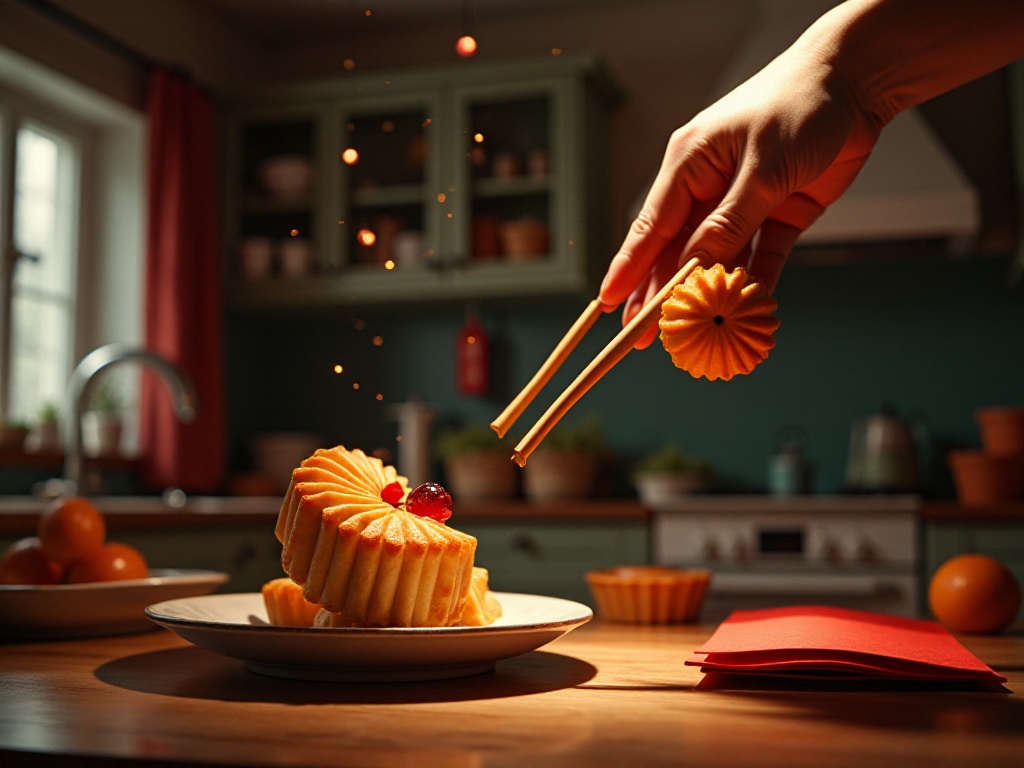
Deep Meanings
Looking carefully, our traditional festival foods weren't randomly chosen - each has its special meaning. Dumplings are shaped like yuan bao (ancient Chinese currency), symbolizing prosperity; tangyuan are round, representing family reunion; mooncakes are round, expressing people's longing for reunion.
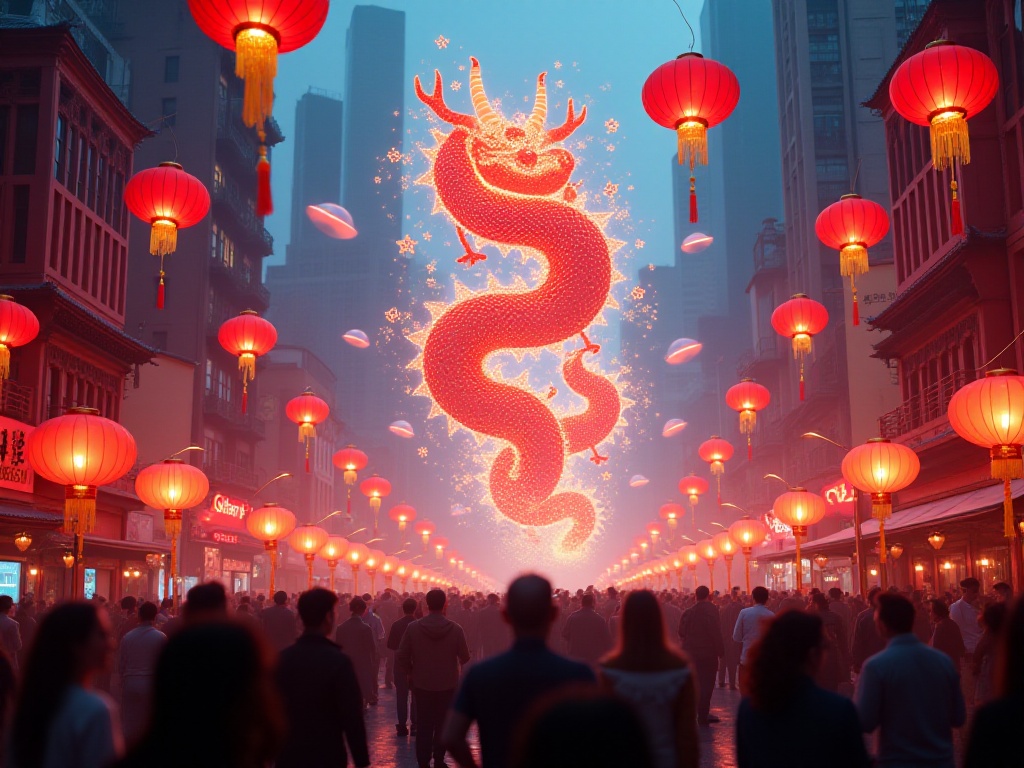
New Changes
Times are changing, and our lifestyles are quietly changing too. Many young people today might not have much time to make traditional foods themselves, choosing instead to visit trending restaurants or buy semi-finished products online. While this change might seem like a decline in tradition, it's actually another form of continuation in the new era.
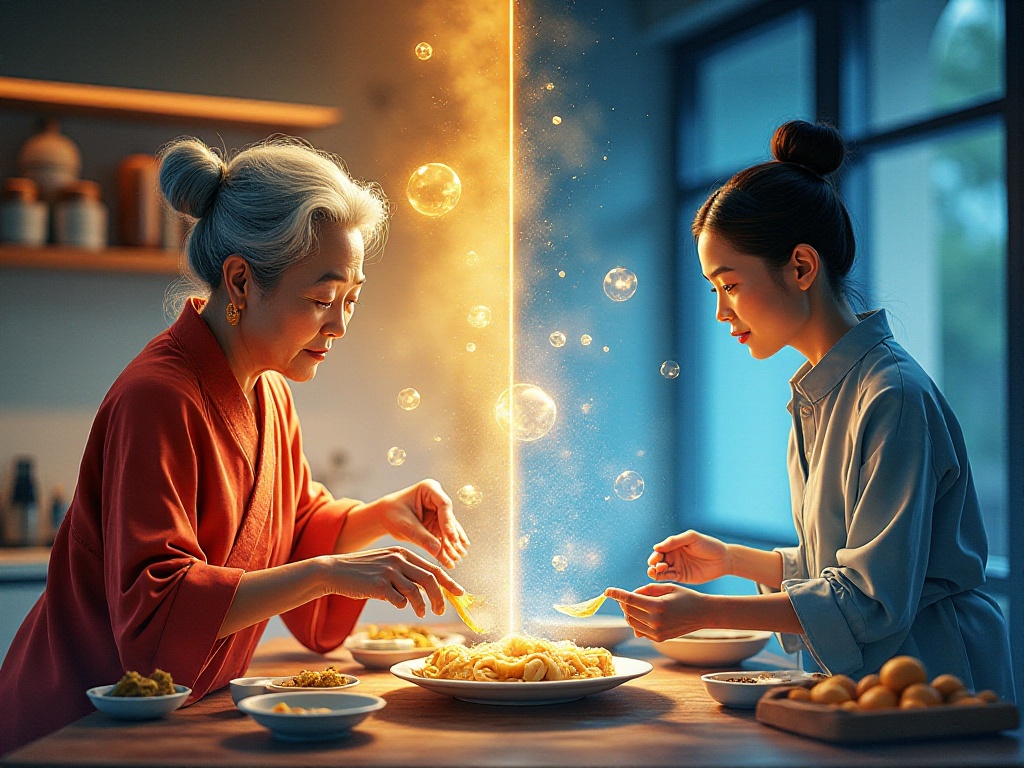
Final Reflections
Have you also felt the deeper meaning behind traditional festival foods? They're not just simple foods, but carriers of our cherished family bonds, longing for reunion, and inheritance of traditional culture.
Every festival has its unique foods, and every food has its special meaning. They're like invisible bonds connecting past and present, connecting you, me, and others. No matter how times change, these foods carrying warmth will always be the most beautiful part of our memories.
Next festival, why not put down your phone and make some traditional foods with your family? Talk about old times during preparation and feel the family love while tasting. Let's protect these food memories carrying warmth and pass down these beautiful traditions from generation to generation.
Everyone has their most unforgettable festival food, whether it's grandma's dumplings, mom's tangyuan, or mooncakes shared with the whole family. These seemingly ordinary foods carry our most precious memories and emotions. Their taste is childhood memory, homesickness, anticipation of reunion, and witness to the endless vitality of Chinese culture.



